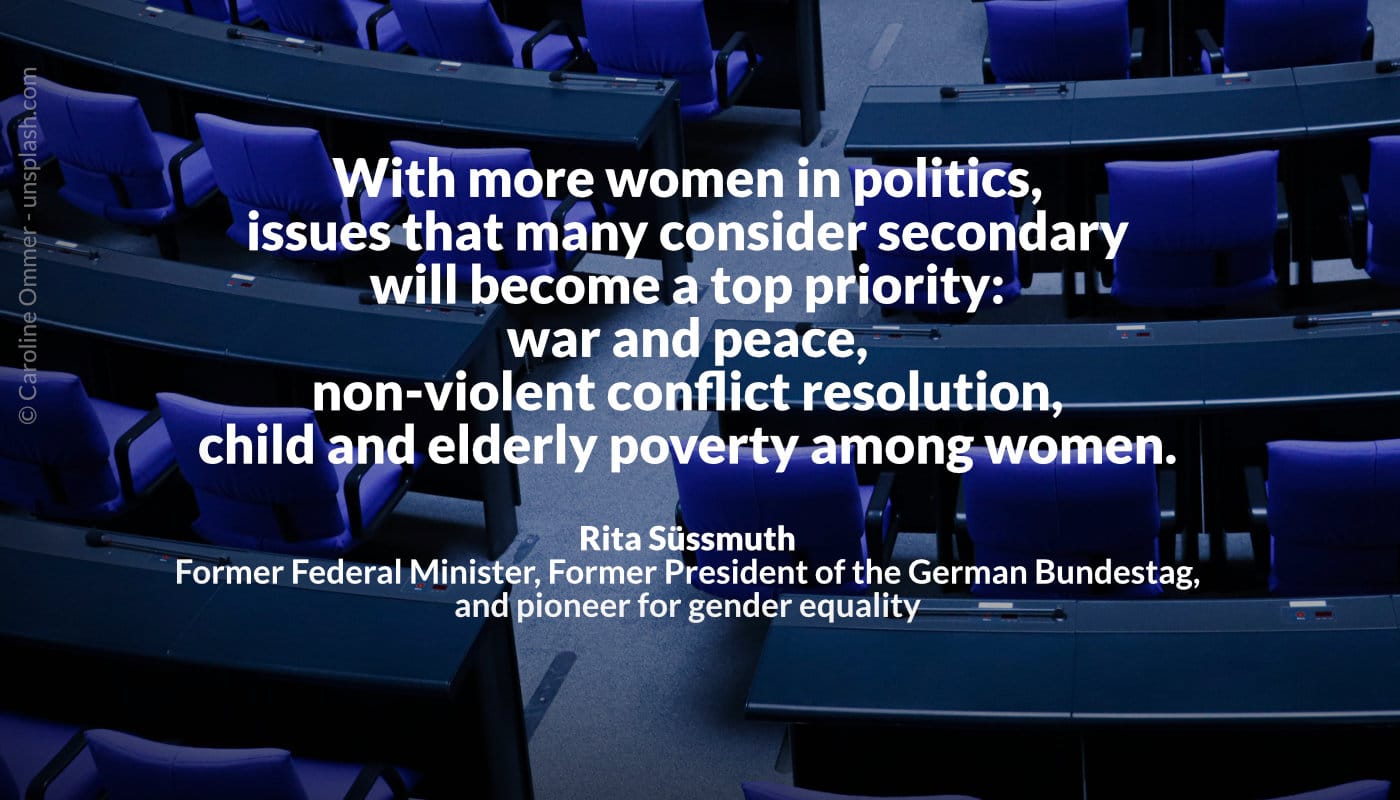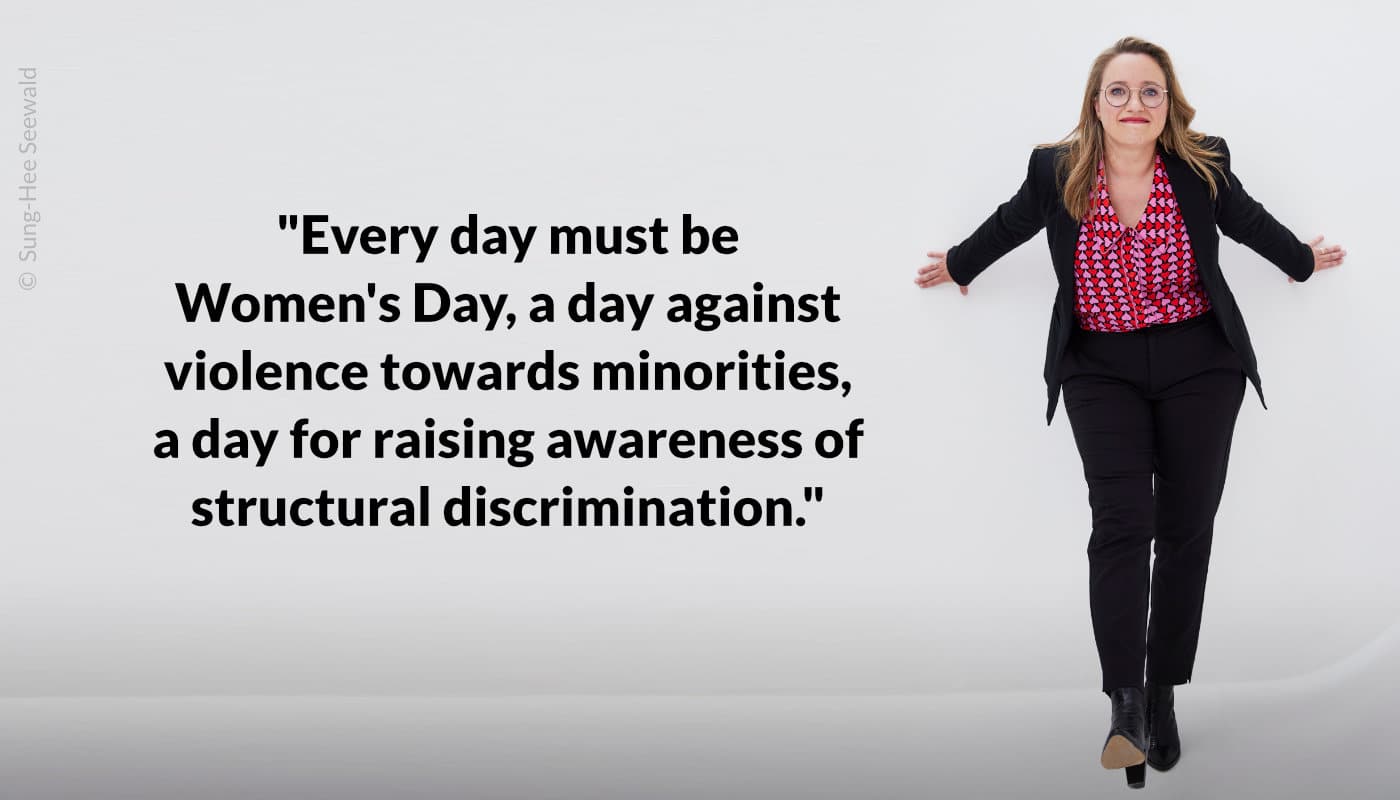“Counting women on executive and supervisory boards, the German economy still has room for improvement in 2024 despite many efforts.” This is how the study “A Question of Culture: More Women in Leadership – A Change in Perspective” by FGS Global and Egon Zehnder begins, based on interviews with 20 female executives and supervisory board members. The authors of the study include Eva Christiansen and Lena Kilee.
The conclusion: “There is no lack of understanding; all recommendations are on the table. If we want Germany’s top leadership bodies to become more female, we need to work on our mindset now. Sustainable change requires a cultural shift, with the leadership at the top of executive and supervisory boards playing a central role.”
“The fundamental mistake is that we measure everything against the male blueprint. Against a male CEO,” said one of the interviewed managers.
The proportion of women in leadership bodies:
The study states that executive floors often seem inhospitable. Women who make it there stay on average barely half as long as men. They face more challenges because they often come from outside the company, have higher expectations placed on them compared to men, and are not trusted with operational competence, to name just a few reasons.
The tide is slowly turning as the proportion of women increases and more women from within the company are promoted to the executive board. However, to create sustainable equal advancement opportunities for all, a genuine change in corporate culture is required, according to the study. This change must be driven “top-down”: if leadership is homogeneous, it sets the standard by which everyone in the company is measured. Gender-stereotypical prejudices permeate the organization, making women in leadership positions seem like outsiders.
Team dynamics change when a woman (especially as the only one) joins the executive board. This change involves all team members, not just the new female executive. It is important to make her visible as an expert – not as a pioneer of female leadership.
The performance of companies with diverse executive boards is demonstrably higher. Therefore, for supervisory boards, ensuring a diverse executive board is part of their mandate. On the path to an inclusive culture, a charter of cooperation with concrete agreements for working together can be helpful.
When a female executive leaves, it should no longer be said that the woman failed, but rather that the company failed to integrate a woman.
The authors are convinced: “Ultimately, it is the system that needs to change – not the women.”

Posted by Natascha Hoffner, Founder & CEO of herCAREER, WiWo columnist, LinkedIn TOP Voice 2020, W&V 2019 – 100 Köpfe
published on LinkedIn on 23.05.2024
References:
- https://www.handelsblatt.com/meinung/gastbeitraege/gastkommentar-die-erfolgsformel-fuer-mehr-vielfalt-beginnt-im-top-management/100032866.html
- Frauen müssen doppelt so gut sein, um nur halb so weit zu kommen?! Über die Bewertung von Frauen und Männern in Unternehmen:
https://www.her-career.com/stop-undervaluing-exceptional-women - Thematisch passend dieser Beitrag über eine andere Studie:
https://www.her-career.com/einschaetung-der-fuehrungskompetenzen-von-frauen












